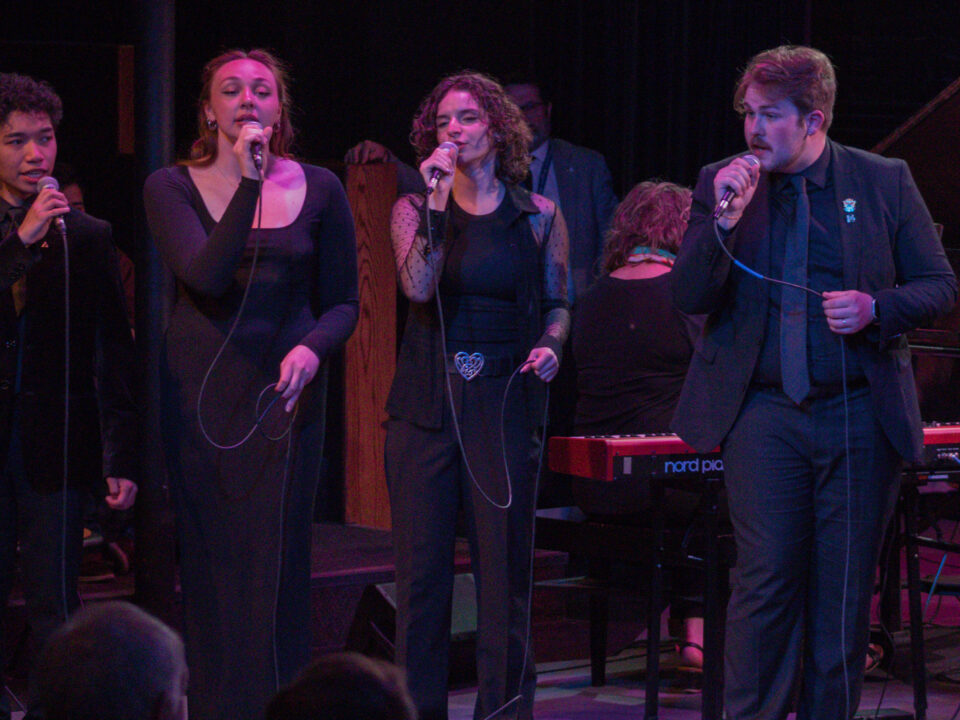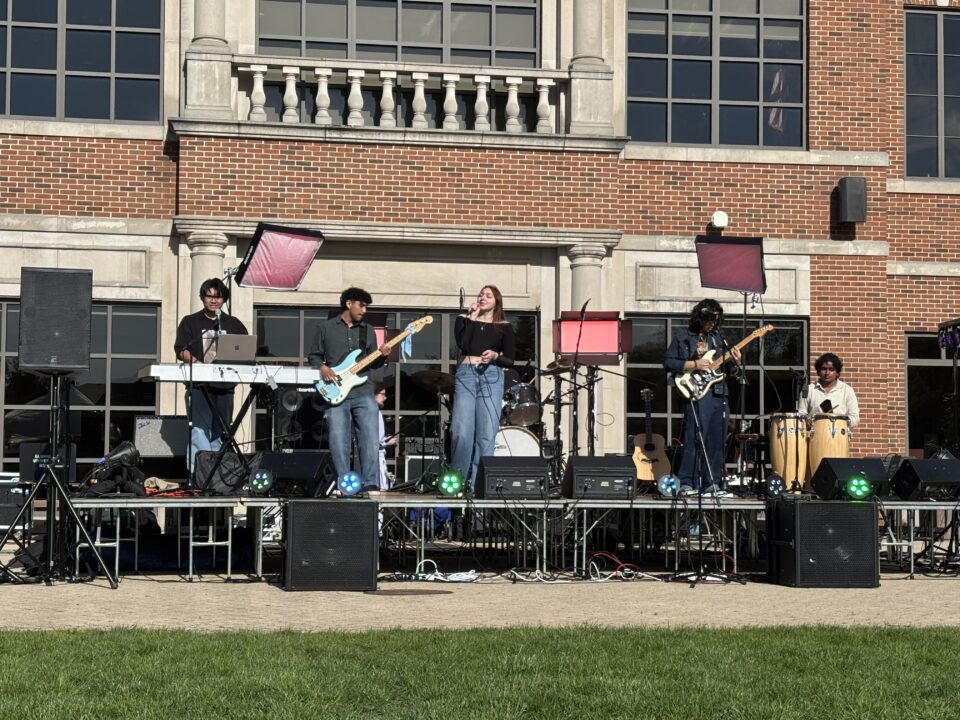“Blue Beetle”: a hero born through family and culture
4 out of 5 stars
Spoilers Ahead
This film did what other DC films were meant to do — provide an entertaining and well-developed story arc, as well as give us DC fans the first live-action Latino superhero on the screen.
Jaime, alongside his family and Jenny Kord, must keep the ancient alien scarab (voiced by Becky G) away from the ambitious Kord Industries CEO Victoria Kord (Susan Sarandon) and her armored henchman Carapax (Raoul Max Trujillo), who plan to use it to create a super soldier army.
According to its director, Angel Manuel Soto, the superhero film is also meant to be a “pop culture love letter” to Latin America and its people, filled with references to entertainment icons such as Maria la del Barrio, Don Francisco, and El Chapulin Colorado — Mexico’s own comical superhero.
The soundtrack helps emphasize that sense of identity, featuring iconic songs from Latin American artists such as Vicente Fernandez, Selena Quintanilla, and Soda Stereo among others.
In comparison to other superhero films, “Blue Beetle” holds a level of representation and identity that resonates with many Latin Americans who live in the United States, as well as those who immigrated here.
The theme emphasized most in the movie is the importance of family.
Throughout the film, Jaime’s family never gives him a break; it’s your archetypical Hispanic American family, with the nosy sister, the crazy uncle (George Lopez, by the way), and the abuela who may be kind and wise but holds some secrets of her own.
There are many moments where the audience, particularly Latinos, see themselves through Jaime’s journey.
These moments include the fears and struggles that he endures as a first-generation and Mexican American, especially one who graduated from college.
The film also touches on conflicts of capitalism, American imperialism, gentrification, and militarism, among others, most of which connect with the film’s Latin American identity.
However, the film does exaggerate the Latino identity too much, more specifically the Mexican side of it. For example, the Spanish used in the film is constantly embedded with swearing.
Then there’s the uncle’s truck, which he christened the “Taco.” Out of all the nicknames that the 4×4 pickup truck could have had, it’s the “Taco?”
Then there’s also the grandma, Nana. In the trailers, you see Jaime’s grandmother carry a machine gun like an expert. The explanation the movie gives is both exaggerated and funny.
The writer and director really played a lot with representation in this film that’s both emotional and funny at way too many moments.
With visual references and nods to filmmakers David Cronenberg and Guillermo del Toro in terms of the suit, scarab’s design, with its bright neon blue cinematography and special effects, the movie packs action that is both for laughs and entertainment.
Some will criticize the film as being too exaggerated, but when it comes to superhero films, everything is exaggerated.
“Blue Beetle” truly is a stable film that brings DC into a lighter and more heartwarming tone for DC’s rebooted cinematic universe; one that strives away from the dark and somber tone of the Batman films and Zack Snyder’s three to six-hour-long films.
Given that it doesn’t hold strong connections with any of the previous DC films, James Gunn commented that “Blue Beetle” could transition into the rebooted universe.
As of right now, the film has had a positive reception from its audience, especially the Hispanic audience in the U.S.
What can best sum up the film’s tone and experience is a mixture of “Iron Man,” “Spider-Man,“ and “Spy Kids” with a touch of Latin American identity, and it’s worth watching twice.


